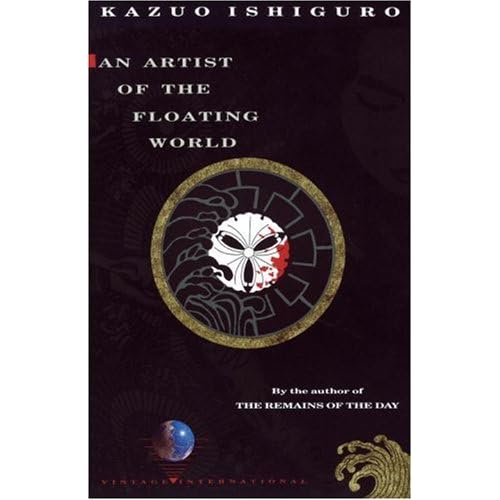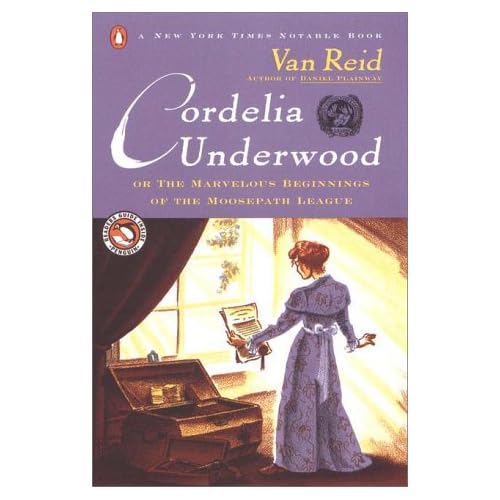The True Story of Hansel and Gretel, by Louise Murphy
 Note: Okay -- obviously, I'm way behind on posting this, but I did review it on my own blog some time back, and I've been meaning (since October!) to post it here as well. So, here goes...
Note: Okay -- obviously, I'm way behind on posting this, but I did review it on my own blog some time back, and I've been meaning (since October!) to post it here as well. So, here goes...I'm a little on the fence about this one, largely because I don't quite know how to approach a recommendation. I'm left with the choice between commending the author for a creative and fascinating twist on a traditional story and criticizing the author for what was (for me, at least) the use of distastefully graphic details in certain places.
There is no question that Louise Murphy's idea for this book was excellent: she started with a fairy tale and made it into a feasible story set in Poland at the end of World War II. Two Jewish children, known only as Hansel and Gretel (assumed names to protect their heritage), are more or less abandoned in the forests of Poland because their father and stepmother believe that they will have a better chance of surviving on their own. In Murphy's story, the father is a kind but slightly impractical man, and his wife is bitterly pragmatic but certainly not cruel. She encourages that the children go on their own, not because she hates them, but because she knows that the four of them together stand no chance of getting past the Nazis. In this way, Murphy takes a simplistic idea -- father, angry stepmother, and two children abandoned -- and gives it a realistic twist, while also explaining the various and complex motives that people have for their actions.
Forced to survive alone, the children stumble upon the cottage of a Gypsy woman named Magda who lives on the outskirts of a tiny Polish village as something of an outcast. Magda is considered a witch by the locals, but they also rely on her for her medical knowledge. Her Gypsy background is kept quiet (although everyone knows about it), because the Nazis are quick to deport Gypsies as well as Jews. She decides to take the children in, giving them new papers and a history, and she tells everyone that her niece and nephew have come to visit her. Meanwhile, the children's father and stepmother manage to connect themselves to a group of Russian rebels who are picking off Nazis as they go and waiting for the Russians to push the German soldiers out of Russia and back through Poland.
Back in the village, Magda faces a variety of challenges with the children, not the least of which is the arrival of a German SS officer who has been sent to locate and take back with him all children who appear to have an "Aryan" background. Unfortunately, the little girl Gretel fits this description perfectly (I rather love that Murphy includes this little detail: the Jewish girl is everything that the Germans want in an Aryan child), but fate steps in and provides an escape for Gretel -- quite tragically, it turns out. She goes into the forest alone early one winter morning to enjoy the "wonderland" of snow and ice, and she is set upon and raped by two men.
This is where my criticism of the story comes in. I'll accept that authors use very tragic circumstances for the storylines, and I won't fault Murphy for including this one. What bothers me is that Murphy saw the need to explain the rape in graphic detail. I. Didn't. Need. To. Read. That. I would have been properly horrified and saddened by the aftermath scene of an innocent little girl who is now broken and violated. As far as I'm concerned, that's more than enough to indicate the tragedy that has occurred. But apparently Murphy didn't think so, and I've struggled with her reasons for including this scene. I just don't think it contributed anything to the storyline itself except excessive and unnecessary detail. I have a feeling that Murphy was trying to provide as authentic a description of the cruelties of life for these people as she could. (I'll certainly say that I came away from the book with a new appreciation for what the Polish people -- Jew, Gypsy, and otherwise -- suffered during the Holocaust.) But the entire scene was just too much for me. I wish I could say that I saw it coming and that I could have turned the page and read past it, but unfortunately it creeps up on the reader very quickly. One second Gretel wonders who the men are, and the next second she is being assaulted. Truly horrific. I don't need to read things like this to be aware that they happen and to be appalled by them. Others might think differently, but that's my own perspective on this issue.
I'm sorry to say that this isn't the only moment of unnecessary detail in the story, although this is by far the most graphic. There are a few other places where I felt as though Murphy got carried away with her need to provide a clear image of the Holocaust and lost sight of the main story. At the end of the day, this is a new take on the story of Hansel and Gretel, and Murphy should have stuck closely to that.
I'm going to recommend this book, because I think it's fresh and interesting in its approach, and I think it offers an important look at the end of the Holocaust and the struggles that all of the Polish people faced in surviving. At the same time, be forewarned that there are some distasteful moments of detail in this story. (If you want to avoid the scene noted above, skip the chapter entitled "Ice Storm.")
Year of publication: 2003
Number of pages: 297






